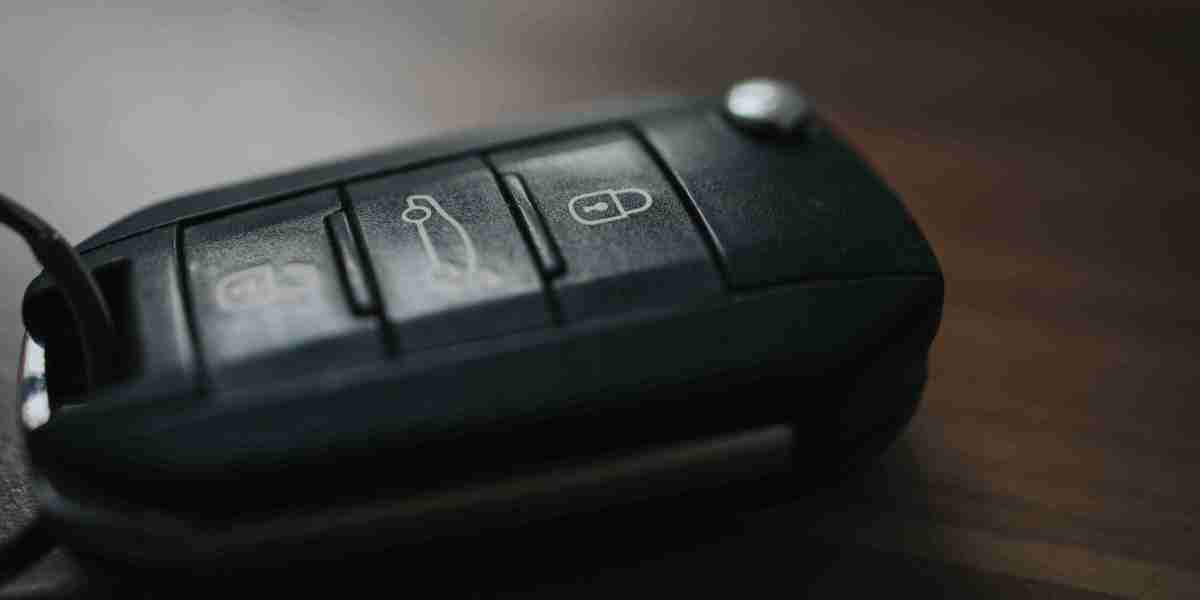The Ultimate Guide to Repairing Bifold Doors: Tips, Tricks, and Solutions
Bifold doors are a popular choice for many property owners due to their space-saving design, flexibility, and aesthetic appeal. However, like any other moving part, bifold doors can break in time and need repairs to keep their functionality and efficiency. In this detailed guide, we will look into the typical problems that can affect bifold doors, offer a detailed guide on how to repair them, and offer specialist pointers and advice to make sure a smooth and effective repair process.
Typical Issues with Bifold Doors
Before we dive into the repair process, it's necessary to determine the common issues that can impact bifold doors. A few of the most common issues consist of:
- Misaligned or loose hinges: If the hinges are not properly aligned or are loose, it can trigger the doors to sag, rub, or bind, making it challenging to open or close them.
- Damaged or broken rollers: The rollers on bifold door off track doors can wear gradually, causing the doors to become stuck or difficult to move.
- Track issues: If the track is damaged or blocked, it can avoid the doors from moving efficiently, causing them to bind or stick.
- Door frame issues: If the door frame is damaged or distorted, it can impact the positioning and movement of the bifold door rehabilitate doors.
Repairing Bifold Doors: A Step-by-Step Guide
Fixing bifold doors requires some standard tools and a little perseverance. Here's a detailed guide to help you get begun:
- Remove the doors: Before you begin fixing the bifold doors, eliminate them from the frame to access the hinges, rollers, and track.
- Inspect the hinges: Check the hinges for any indications of wear or damage. If the hinges are loose, tighten them. If they are harmed, replace them with new ones.
- Replace the rollers: If the rollers are worn out or harmed, replace them with new ones. Make certain to pick rollers that match the initial ones in regards to size and product.
- Clean the track: Clean the track of any particles or dust that may be avoiding the doors from moving smoothly.
- Check the door frame: Inspect the door frame for any signs of damage or warping. If the frame is damaged, repair or replace it before reinstalling the bifold doors.
- Reinstall the doors: Once you have completed the repairs, reinstall the bifold doors and check them to ensure they are working efficiently.
Specialist Tips and Advice
To guarantee a smooth and successful repair procedure, here are some expert pointers and recommendations:
- Use the right tools: Use the right tools for the job, such as a screwdriver, pliers, and a wrench.
- Measure carefully: Measure the parts thoroughly before replacing them to make sure an appropriate fit.
- Test the doors: Test the doors after reinstalling them to guarantee they are working efficiently.
- Consider professional assistance: If you're not comfy with the repair procedure or if the issue is intricate, think about working with a professional to do the job.
Preventing Future Problems
To prevent future issues with your bifold doors, here are some tips:
- Regular maintenance: Regularly clean and maintain the bifold doors to avoid dust and debris from accumulating.
- Inspect the doors frequently: Check the doors frequently for any indications of wear or damage.
- Utilize a door stop: Use a door stop to prevent the doors from being pressed or pulled too far, which can trigger damage to the hinges or rollers.
Often Asked Questions
Q: Can I repair bifold doors myself?A: Yes, you can repair bifold doors yourself with standard tools and a little patience. However, if the concern is intricate or you're not comfy with the repair procedure, it's advised to employ an expert.
Q: How typically should I clean and preserve my bifold doors?A: It's suggested to clean and preserve your bifold doors frequently, preferably every 6-12 months.
Q: Can I replace the rollers on my bifold doors?A: Yes, you can replace the rollers on your bifold doors. Make certain to choose rollers that match the original ones in regards to size and material.
Q: How much does it cost to repair bifold doors?A: The cost of repairing bifold doors depends upon the type of repair, products needed, and labor costs. Usually, it can cost anywhere from ₤ 50 to ₤ 500 or more.
Conclusion
Fixing bifold doors can be a simple procedure if you have the right tools and follow the ideal steps. By identifying the common issues that can affect bifold doors, following the detailed guide, and utilizing professional suggestions and guidance, you can guarantee a smooth and successful repair procedure. Additionally, by frequently preserving and examining your bifold door repair services doors, you can avoid future problems and extend their life expectancy.
List of Materials Needed for Repair
- Screwdriver
- Pliers
- Wrench
- Rollers (if required)
- Hinges (if needed)
- Door frame repair products (if needed)
- Track cleaning materials (if required)
- Door stop (optional)
Common Types of Bifold Doors
- Wood bifold doors: Made from wood, these doors are popular for their natural appearance and feel.
- Metal bifold doors: Made from metal, these doors are durable and low-maintenance.
- Glass bifold doors: Made from glass, these doors provide a sleek and modern-day appearance.
- Hybrid bifold doors: Made from a combination of products, these doors offer an unique look.
Glossary of Terms
- Bifold doors: Doors that fold in half when opened.
- Hinges: The parts that link the doors to the frame.
- Rollers: The parts that allow the doors to move efficiently along the track.
- Track: The part that the doors move along when opened or closed.
- Door frame: The frame that holds the doors in place.
- Door stop: A device that prevents the doors from being pressed or pulled too far.








